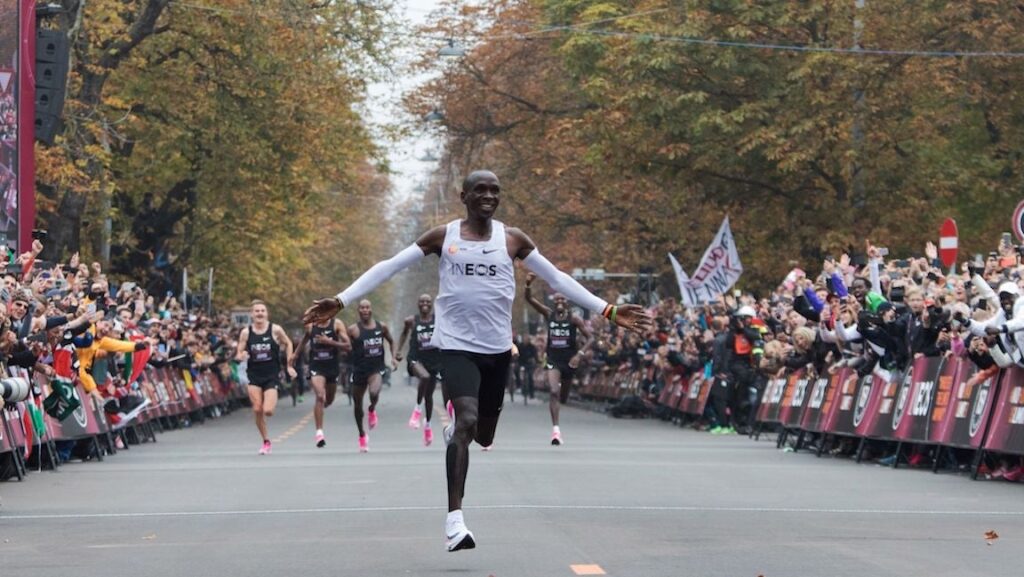In a groundbreaking study published in the Journal of Applied Physiology, researchers have unveiled new insights into the physiology of elite marathon runners, including renowned athletes such as Eliud Kipchoge and Lelisa Desisa. The research explores the unique combination of physical traits that enable these runners to complete marathons in times under 2:10 hours, highlighting the interplay of various physiological factors.
The Essential Elements of Elite Marathon Performance
While traditional metrics such as VO2 max, lactate threshold, and running economy have long been associated with successful marathon runners, the latest findings indicate that success is not solely dependent on any single attribute. Instead, the researchers emphasize that these athletes excel due to a synergy of multiple factors. “The traditional physiological variables should be considered in combination rather than in isolation,” the authors state, suggesting a need for a holistic view of performance metrics.
Introducing Fatigue Resistance
One of the standout discoveries in the study is the potential role of “fatigue resistance,” or the ability of muscles to sustain performance at high speeds beyond the point where most runners would falter. This characteristic appears to be a crucial component that allows elite marathoners to push through the dreaded “Wall” encountered at the 20-mile mark without a corresponding increase in oxygen demand. This finding may redefine how athletes and coaches approach training and strategy for long-distance running.
Innovative Research Methodology
Conducted in 2015 and 2016 at Nike’s headquarters and the University of Exeter, the study focused on a diverse group of 16 elite male marathoners. These athletes underwent rigorous testing both in laboratory settings and on outdoor tracks, providing valuable comparative data. Remarkably, this research represents one of the largest studies of its kind, combining extensive physiological analysis with real-world testing conditions.
Understanding Running Economy and Performance
The study’s findings reveal that top marathoners possess an average VO2 max of 71 ml/kg/min, a crucial measurement of aerobic capacity. However, this number alone does not account for the athletes’ impressive performance; their running economy plays an equally vital role. By efficiently translating energy into speed, these runners demonstrate a unique operational strategy that combines optimal stride mechanics with minimal energy expenditure.
Implications for Future Marathon Strategies
The researchers suggest that future advances in marathon performance will likely stem from scientific innovations rather than natural evolution or training alone. As the researchers pointed out, “Given that genetic disposition and long-term training have probably been optimized, scientific innovations will play a significant role.” This may include advancements in nutrition, footwear technology, and training methodologies aimed at optimizing metabolic rates during races.
Conclusions and Continuing Mysteries
Despite the insightful findings, many questions remain unanswered regarding the complexities of marathon performance. Elite runners are not a homogenous group; individual training regimens and genetic predispositions can significantly impact their results. Understanding the balance between training for VO2 max and maintaining running efficiency continues to be a topic of research interest among sports scientists. Ultimately, while there are physiological components that can be studied, the individual elements that contribute to an athlete’s success can be as elusive as they are vital.
